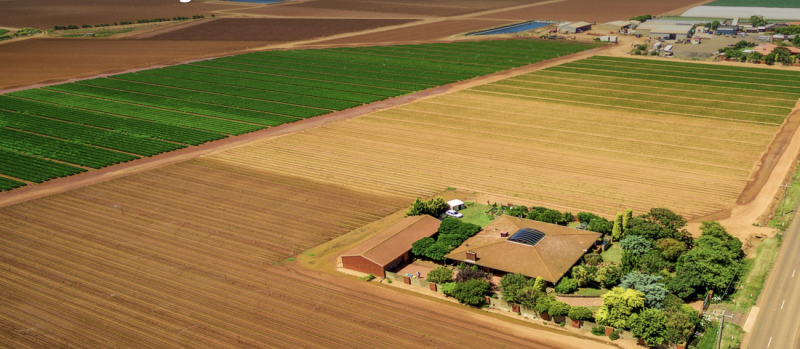The Future of Dairy: Optimism Amidst Global Challenges

Global Dairy Market: A Balanced Supply and Demand Outlook
The supply-side fundamentals of the dairy industry are showing signs of stabilization. Global milk production is expected to continue its moderate growth in 2025, led by improving farm profitability and stable feed costs. This comes after a period of supply contractions in major exporting regions, which supported global dairy prices in late 2024. Australia’s milk production is expected to expand in 2025, albeit at a slower pace compared to the previous year.
On the demand side, China, the world’s largest dairy importer, is forecasted to increase its import volumes slightly in 2025, driven by constrained domestic production and improved economic stimulus measures. While this provides a boost to global dairy trade, sluggish consumer confidence in other major markets, such as the U.S. and parts of Europe, may temper growth expectations. Additionally, the ongoing recovery of foodservice demand in some economies remains uncertain, adding an element of unpredictability to global dairy consumption patterns.
Australian Dairy Industry: Positioned for Growth
Australia’s dairy sector is set to navigate 2025 with greater resilience. Several factors contribute to this positive outlook:
-
Farmgate Milk Prices: RaboResearch forecasts suggest that Australian farmgate milk prices will see moderate improvements in 2025, following a recovery in global dairy commodity prices.
-
Stable Feed Costs: Unlike previous years, no major cost spikes are anticipated in feed prices, which should support profitability for Australian dairy farmers.
-
Favorable Seasonal Conditions: Improved weather conditions are expected to contribute to better pasture growth, reducing reliance on supplementary feed and easing cost pressures.
-
Weaker Australian Dollar: The Australian dollar is projected to remain near USc 60, enhancing the competitiveness of Australian dairy exports in global markets.
Challenges and Risks: Geopolitics and Consumer Trends
Despite these favorable conditions, several risks could impact the Australian dairy industry in 2025:
-
Geopolitical Uncertainty: The return of Donald Trump to the U.S. presidency introduces volatility in global trade policy. Potential trade disputes and tariffs could impact dairy markets, particularly if China-U.S. tensions escalate.
-
Soft Consumer Demand in Key Markets: While China’s dairy import volumes are expected to improve, consumer demand in other key markets remains fragile. High retail prices and economic uncertainty could limit growth in discretionary dairy spending.
-
Regulatory and Sustainability Pressures: Increased scrutiny on climate-related disclosures and sustainability commitments will shape the operational landscape for dairy businesses. Australian producers will need to adapt to evolving regulations and consumer expectations around environmental impact.
Investment Trends: Innovation and Sustainability
A sustained period of profitability, combined with labor shortages and technological advancements, is driving elevated investment across Australia’s dairy sector. Key investment areas include:
-
Automation and Robotics: Increased adoption of robotic milking systems and automated feeding solutions to enhance efficiency and reduce labor dependency.
-
Sustainable Farming Practices: Greater emphasis on carbon footprint reduction, regenerative agriculture, and water-efficient farming methods.
-
Value-Added Dairy Products: Stronger investment in high-margin dairy segments, including specialty cheeses, dairy-based nutritional products, and sustainable packaging solutions.
Conclusion: A Year of Opportunities and Challenges
Australia’s dairy sector is well-positioned to capitalize on favorable global trends in 2025. While macroeconomic and geopolitical uncertainties persist, stable farm input costs, a weak Australian dollar, and resilient milk prices provide a solid foundation for growth. However, producers must remain agile in responding to evolving consumer demands, regulatory shifts, and sustainability pressures to ensure long-term competitiveness in the global dairy marketplace.











